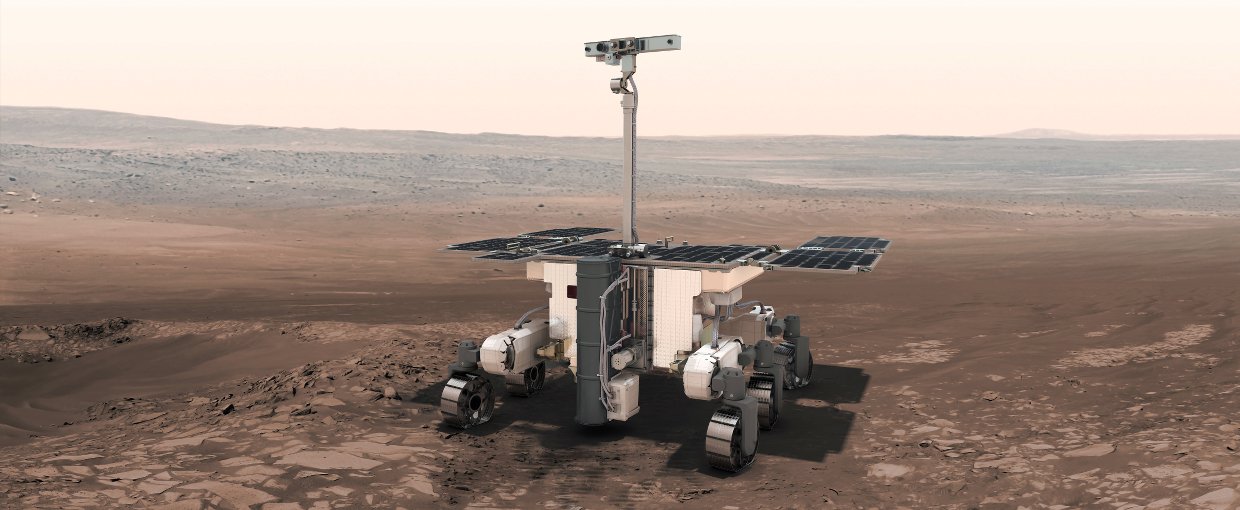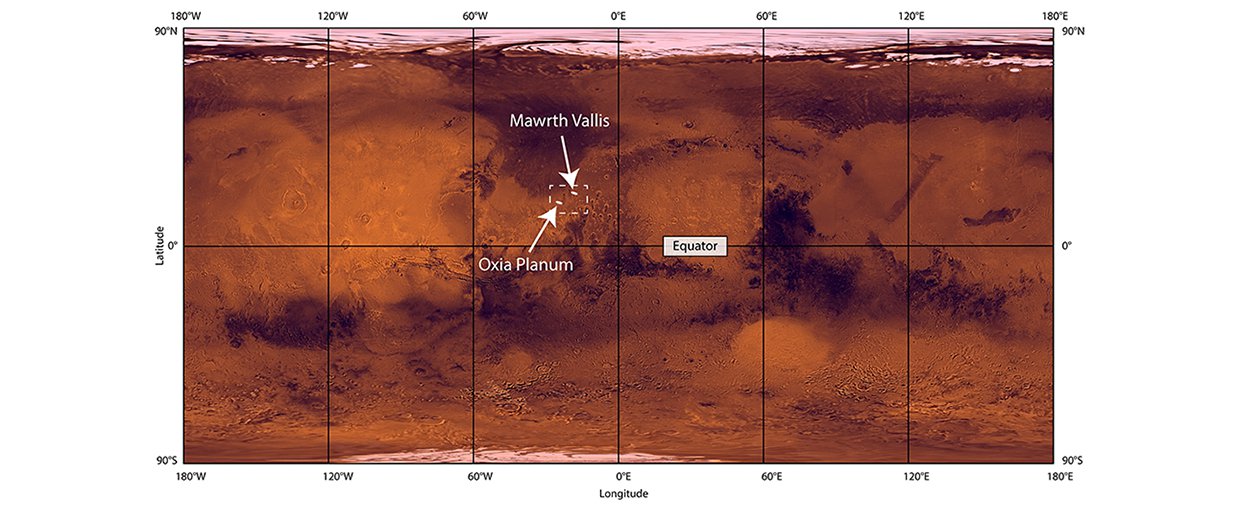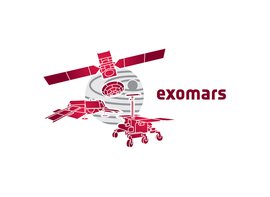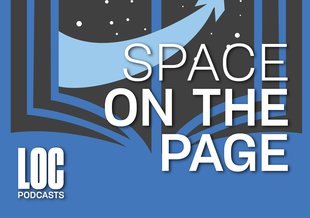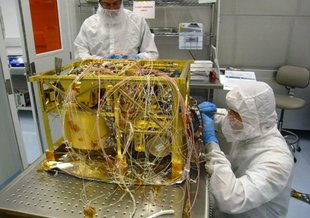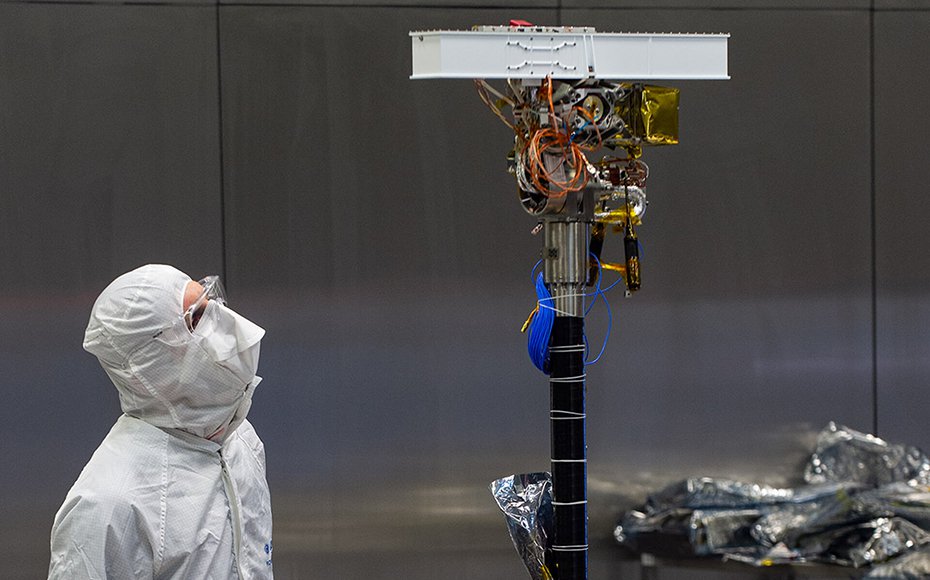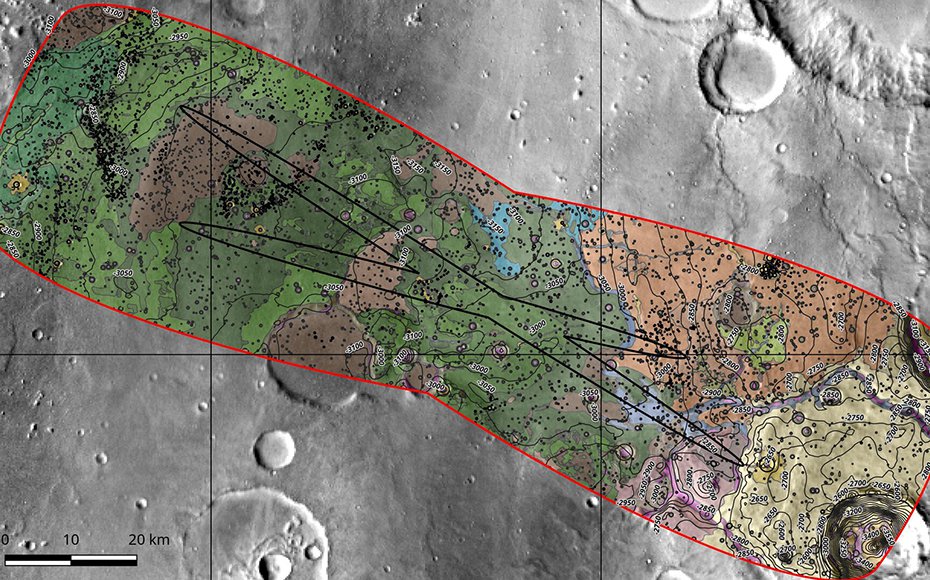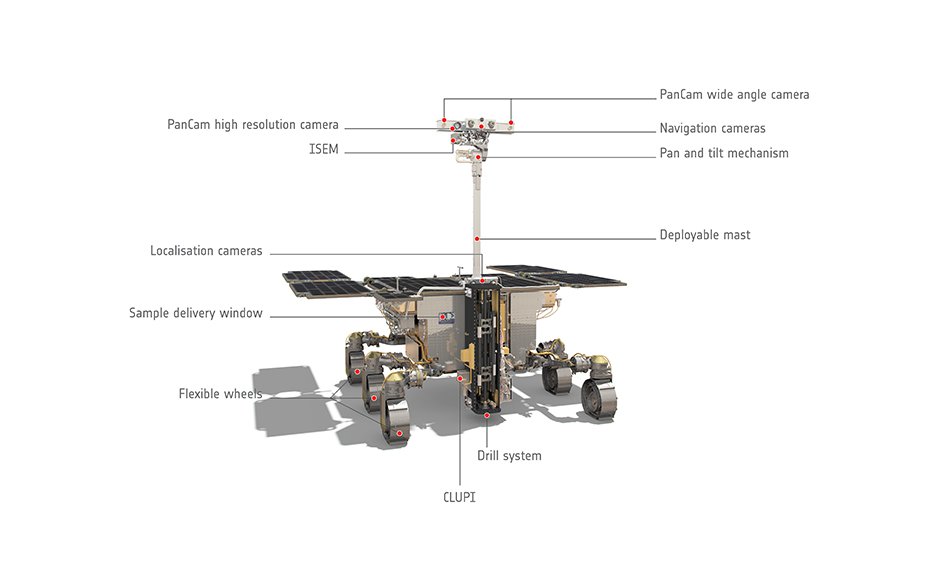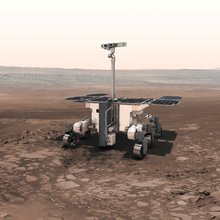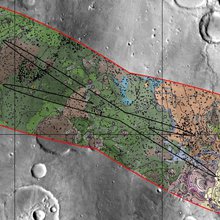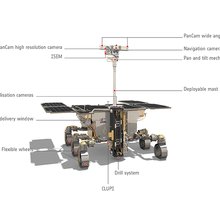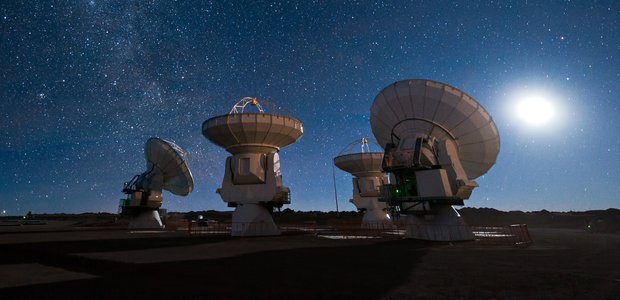- Launch Date Not before 2028
- Arrival Date Not before 2028
- Mission TypeLander/Rover
- TargetMars
Mission Overview
The European Space Agency’s Exobiology on Mars (ExoMars) program includes a series of missions designed to study the potential for past life on the red planet. The first phase ExoMars was the launch of the Trace Gas Orbiter in 2016. The next step for ExoMars is the delivery of the rover, Rosalind Franklin, to the martian surface. Rosalind Franklin is equipped with cameras as well as a drill that will allow the rover to drill up to two meters and collect data from the sub-surface of the planet.
An onboard laboratory will process samples and deliver them to three instruments. Minerals will be characterized by the MicrOmega instrument; a Raman spectrometer will provide data concerning mineralogical composition; and part of the Mars Organics Molecule Analyser (MOMA) will study and identify soil chemistry.
Relevance to Astrobiology
The science objectives of the Rosalind Franklin rover have direct relevance to astrobiology. A major goal of the mission is to look for organics in samples collected by the rover’s drilling efforts. After pristine material is gathered from beneath the martian surface, samples of particular scientific interest will be placed in the MOMA ovens. Vapor released from heated samples will be analyzed with gas chromatography for traces of organic compounds. Organic compounds are chemicals that contain carbon, and are not themselves a sign of life. However, certain specific organic molecules are found in cells and, if discovered, might provide clues about the potential for life on Mars.
NASA Astrobiology Involvement
The NASA Astrobiology Program has contributed resources to aid in the scientific, engineering, and technical development of the ExoMars Rosalind Franklin rover. NASA’s participation includes providing critical elements to the rover’s astrobiology instrument, the Mars Organic Molecule Analyzer (MOMA). MOMA is designed to examine organic molecules, the chemical building blocks of life.
The Astrobiologists
ESA’s ExoMars program will provide an immense contribution to the body of knowledge about Mars’ past and present. Astrobiologists supported by the NASA Astrobiology program will use this data to further our understanding of past environments on Mars that could have been habitable for life as we know it.
In addition to supporting the MOMA instrument, international scientists with strong ties to the Astrobiology Program are directly involved with all stages of the ExoMars mission, including researchers with the The Astrobiology Society of Britain (ASB). The ASB was an international partner of the former NASA Astrobiology Institute (NAI) element of the NASA Astrobiology Program.

